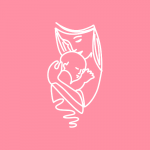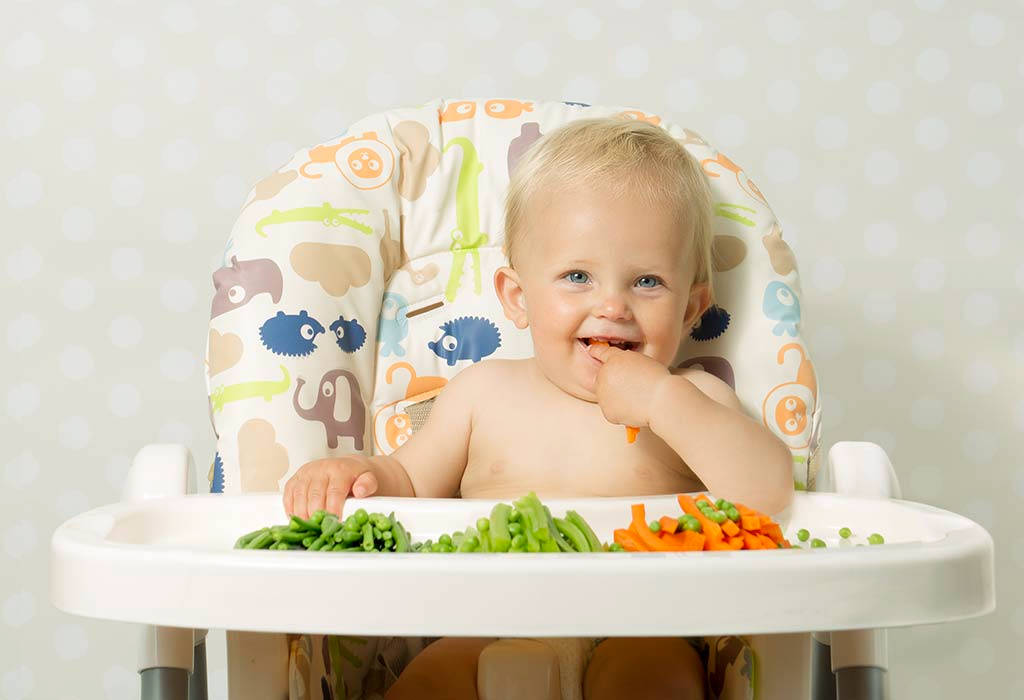Making a baby weaning plan:
When it comes to weaning your baby off of breast milk and onto solid foods, there are a few things to consider. You’ll want to think about when the best time to start is, what kinds of foods to introduce, and how to watch for any potential allergic reactions.
Starting the weaning process can be a significant change for both you and your baby, but following a few simple guidelines can help make it a smooth transition. Read on for everything you need to know about baby weaning plans.
When should babies start eating solids?
The doctors recommend that a baby should exclusively drink breastmilk for the first 6 months, so at 5 months you should already be planning to start weaning your baby. However, some babies are ready earlier than others, so it’s important to watch for signs that your baby is ready to start eating solid foods. These can include sitting up unassisted, showing interest in what you’re eating, and reaching for your food.
Baby weaning & food allergies:
Once you’ve decided that your baby is ready to start weaning, it’s important to introduce new foods slowly and one at a time. This will help you to identify any potential allergies or sensitivities. Allergic reactions can include rash, hives, vomiting, or diarrhea. below is a list of foods that can produce allergic reactions, try introducing 1 new food every 3-5 days and If you notice any of these symptoms after your baby has eaten new food, stop giving them that food and consult with your doctor.
here is a list of foods that can potentially cause allergic reactions:
- eggs
- cows milk
- gluten in all forms (Wheat, Rye, or Barley)
- nuts & peanuts (Try serving them crushed)
- soy
- fish
- shellfish
Once you have introduced any of these foods and they are tolerated, you can add them to your child’s diet and regularly offer them these foods to protect against developing future allergies.

Food Groups: What to feed your baby:
When introducing new foods, it’s also important to focus on the major food groups. These include:
Fruits:
Fruits are great as finger foods but start off by mashing them, remembering to remove any hard skin, pips, seeds, or stones. here is a great list of fruits to start with:
Banana, strawberry, pears, apples, plums, melon, papaya, and mango.
Vegetables:
Veggies should be washed and then cooked to soften them. You can mash or blend to desired texture and remember variety is important, try starting with this list:
Broccoli, peas, cauliflower, swede, spinach, green beans, courgette, carrots, and avocado.
Grains:
Grains are a great way to provide your baby with both fiber and protein, start with small amounts of cooked grains that have been mashed or pureed. Try this list:
Oats, quinoa, rice, chickpeas, lentils, and beans.
Starchy foods:
Starchy foods are a great way to get your baby started on healthy carbohydrates. They can be cooked, mashed, or blended into the right texture for their little hands and then served with breast milk mixed in! here is a list of starchy foods to start with:
Sweet potato, potato, rice, pasta, oats, bread.
Protein:
Protein-packed foods are a great way to provide your baby with all the nutrients they need. These include meat, fish, and eggs. Baby can start eating this group from 6 months old!
Chicken, turkey, beef, lamb, pork, fish, egg
Dairy:
Dairy products are packed with calcium and other essential nutrients that your baby needs. You can start by offering them small amounts of dairy mixed with breastmilk or formula.
Cheese, yogurt, whole milk
You can start by giving your baby small amounts of pureed fruits and vegetables, then move on to adding in mashed or soft-cooked meats, grains, and finally dairy products like yogurt or cheese. It’s a good idea to introduce new foods at breakfast or lunchtime when you’ll be able to watch for any reactions.

Baby-led weaning:
Baby-led weaning is when you let your baby feed themselves. This method can be messier but some parents find it to be more fun and less work! You can start with soft fruits and vegetables like cooked carrots or ripe bananas. let them sit in their high chair with the food and let them feed themselves, they will eat as much or as little as they want.
There are some benefits to baby-led weaning including:
- It can help your baby develop their motor skills.
- Your baby can control how much they eat.
- They are less likely to choke on their food.
When it comes to weaning your baby, there is no one size fits all approach. You can start slowly with purees and then move on to baby-led weaning when you feel your baby is ready. The most important thing is to introduce new foods gradually and watch for any reactions. If you have any concerns, speak to your doctor or health visitor. And you are also welcome to visit our other blogs for more baby tips!
Happy weaning!
If you have any personal experience with weaning or have any advice please share in the comments below!
Reading Suggestions:


